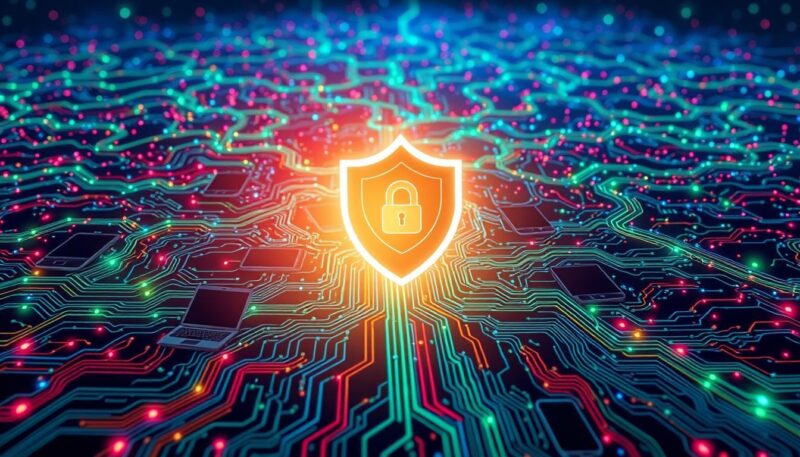
If you Forward an Email and Then Reply to the Original Email
Email communication, we all know it’s a crucial part of our daily life. In the digital age, emails are not just about sending and receiving messages – they’re about staying organized and maintaining professional etiquette as well. One common scenario is when you forward an email and then need to reply to the original email. But how do you do this without causing confusion or appearing unprofessional? I’ve got some tips that can help.
Firstly, let’s understand why someone might find themselves in this situation. You may have forwarded an email to gather additional input from other parties or because it’s relevant for them too. However, you still need to respond to the person who sent you the first email. Herein lies the challenge: ensuring your response aligns with both conversations without causing any mix-ups.
It’s a delicate balance, but don’t worry – I’m here with practical advice on how to navigate these waters successfully! By applying these tips, not only will your responses be clear and concise, but they’ll prevent any potential misunderstandings that could arise from juggling multiple threads related to one original email.
Understanding Email Forwarding
Here’s the scoop on email forwarding – It’s a fundamental part of our online communication. Think of it as passing along a message or information to another party, kind of like in the old days when folks would share hardcopy letters or memos.
So what exactly happens when you forward an email? When I click that ‘Forward’ button, I’m essentially creating a new email with the same content as the original one. But here’s where it gets interesting – The forwarded message can be sent to anyone, not just those included in the original conversation. Plus, I have total control over who sees my forwarded email and what they see. I can choose to add extra notes or edit parts out before hitting send.
Now don’t get me wrong, forwarding is super useful for sharing information quickly and efficiently. For instance, let’s say your boss sends you some important project details but forgets to include one of your colleagues in the loop (we’ve all been there!). With forwarding, you could easily pass on those necessary details without disturbing your boss for another round of emails.
But hold up! Email forwarding isn’t always sunshine and rainbows. There are pitfalls too! For example: Ever received an email where it was clear that someone had hit ‘forward’ instead of ‘reply’? It’s awkward right? That’s because sometimes people accidentally forward emails instead of replying to them – which can lead to unintended recipients getting messages they weren’t supposed to.
There we have it! We’ve covered the basics about what email forwarding is and how it works. In our next sections we’ll dive into some tips for managing replies when you’re dealing with both forwarded emails and responses to original ones.

Why Reply to the Original Email
Ever wondered why it’s important to reply to the original email, especially when you’ve already forwarded that same message? Let me break it down for you.
Firstly, replying directly to the original email keeps the conversation thread intact. It’s like a roadmap of your communication, guiding everyone involved through every twist and turn of the dialogue. This way, if someone jumps into this conversation late or needs to revisit specific points later on, they can easily trace back through your exchanges.
Another key reason is clarity. When I respond directly to an email, my intention is clear – I’m addressing that particular sender and their message specifically. If I were just forwarding emails willy-nilly without responding directly, there could be confusion about who I’m interacting with or what I’m responding to.
Then we have courtesy. Picture this: You’re in a face-to-face conversation and instead of answering a question directly from the person asking it, you walk over and start chatting with someone else entirely! It’d be pretty rude right? Well, not replying to an original email can often give off similar vibes.
Lastly but certainly not least is professionalism. In professional settings where good communication skills are crucial – such as in my blogging world – direct replies show respect for others’ time and effort in engaging with you via email.
So whether it’s maintaining a clear record of communication or demonstrating professional etiquette – these reasons should convince anyone about why replying directly to an original email matters so much.










